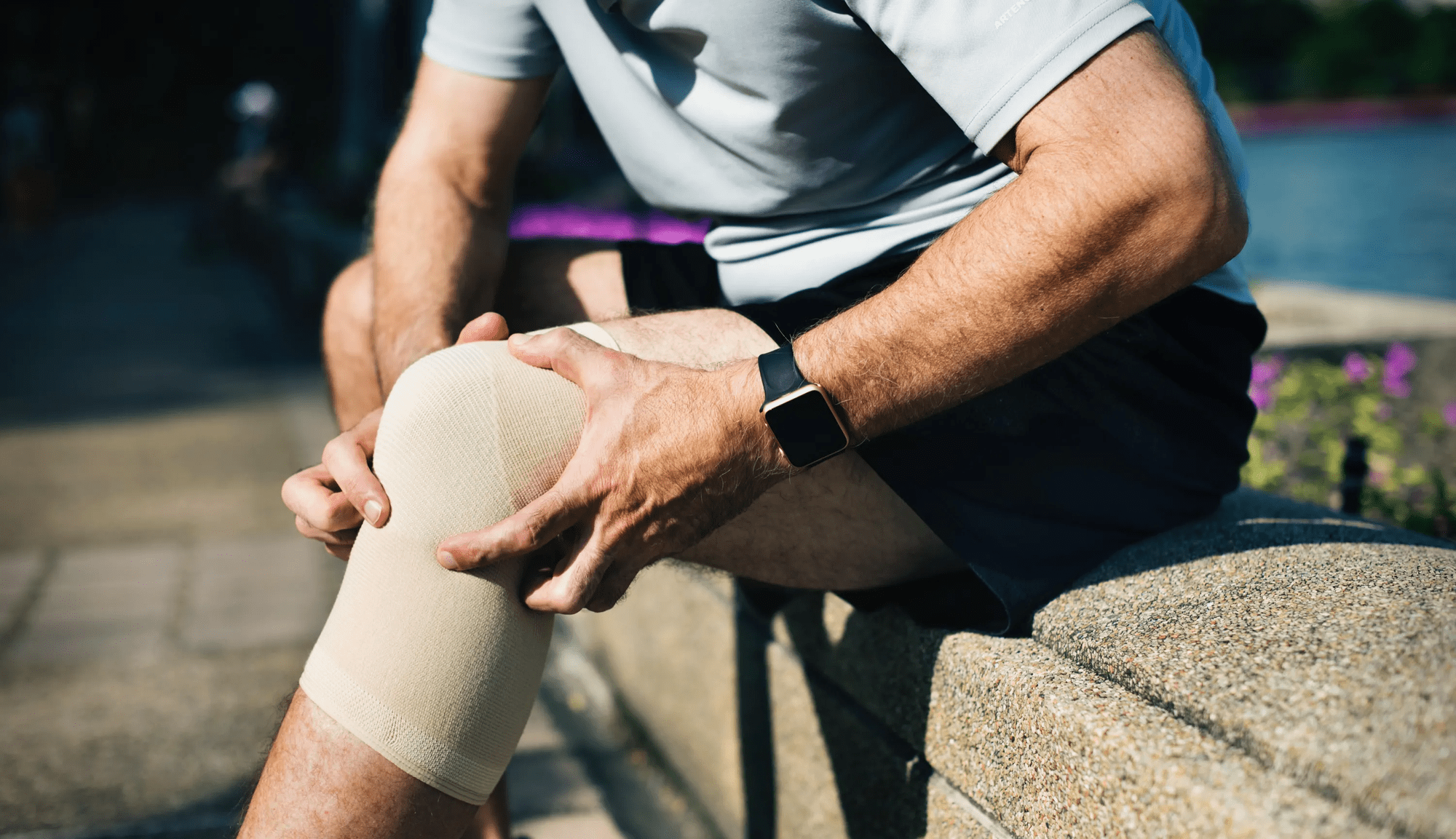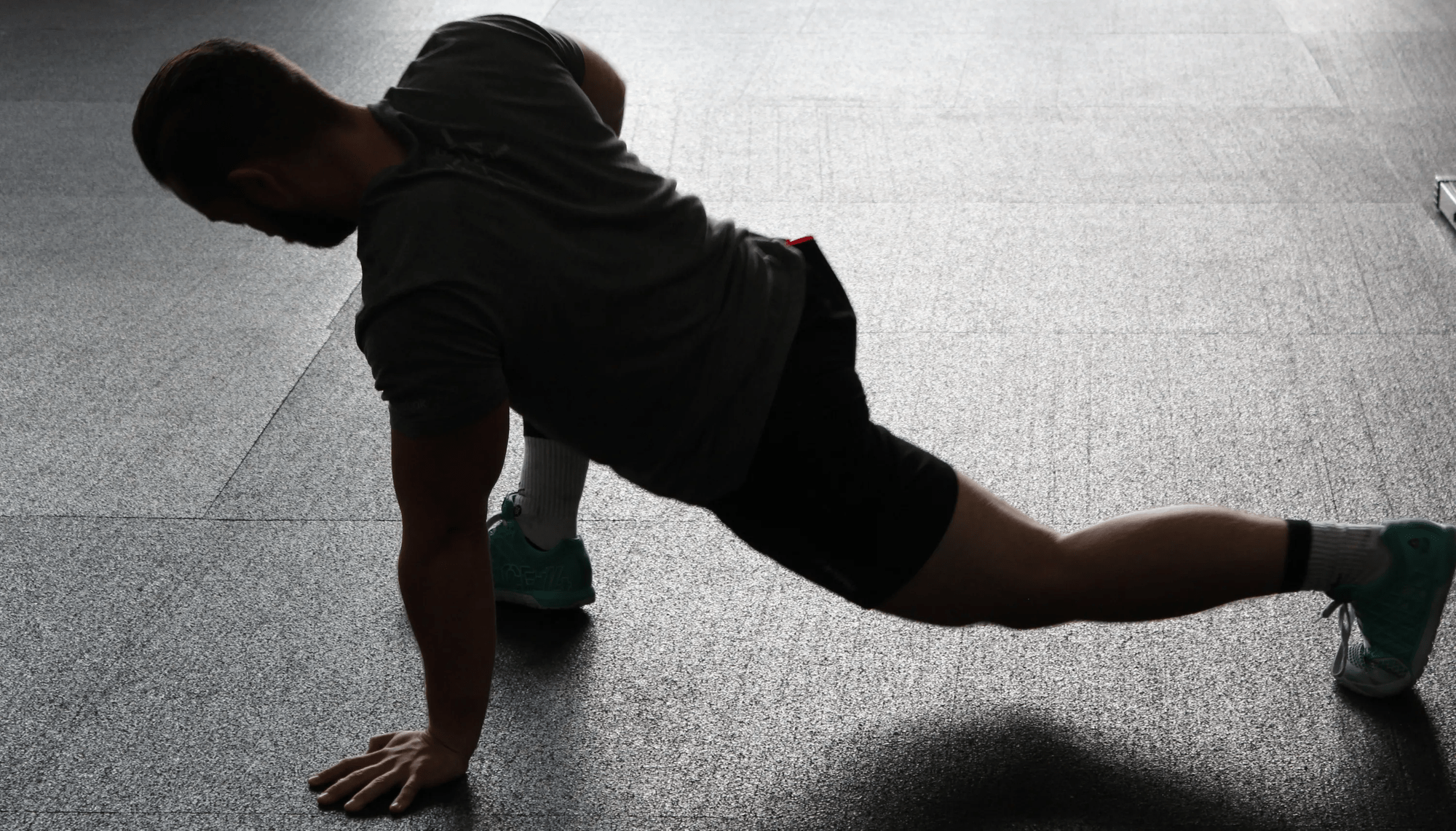Jarrod Shoemaker
One of the worst phrases an athlete can hear is “you are injured.” The emotions and frustrations that come with injuries are sometimes worse than the actual injuries themselves. I have a few general philosophies about injuries that I try to follow.
The first relates to how I deal with injuries as I try to train through them.
- If it starts out hurting but gets better, keep going.
- If it starts out hurting and stays the same but you can continue without any obvious form changes, keep going until it gets better or worse.
- If it starts out hurting and gets worse, stop immediately.
The general idea behind this thinking is to not make your injury worse. Sometimes 2 days of rest will help you avoid weeks or months of time off. As an athlete, it is hard to think about it this way, but that short term strategy can really work.

The second piece to remember with injuries is that prevention is important. Scheduling a massage, chiropractic session, or biomechanics work before you are injured will help you not only stave off injuries but sometimes that practitioners will give you insights into things that they feel are tight or are different from appointment to appointment.
The third strategy is to remember that although a triathlon composes of swimming, biking, and running, there are several other activities that help us become better triathletes (and this applies to runners and cyclists as well). We tend to get stuck thinking that we should only do the sports (or sport) we are training for, but strength training like hiking, stand up paddling, or other activities that workout your body as a whole unit can really be beneficial. If your body continues to work in one repetitive motion both imbalances and compensations can emerge. As both an athlete and a coach, I am all for athletes to incorporate other types of training into their programs.

Now, what to do if you get injured? The biggest thing is not to rush coming back. Only train if it does not hurt and try to understand what is making the part of your body hurt. If you focus only on what is tight, you are missing what might be causing the injury…sound weird? Step back and think about it for a minute. Your muscles is tight not because THAT muscle is not working, but instead because it is OVER working to make up for something else not working. A tight hamstring does not mean your hamstring is hurt (although keeping it tight for too long can hurt it), but instead can mean your glutes are not firing and the hamstring is pulling back on overdrive, or your opposite quad is weak and you are using your hamstring to pick up the slack.
The biggest thing to remember is to find the root cause of the injury, and it is good to think outside the box. My athletes have had several “running” injuries that are caused and exacerbated by bike seats being too high. These injuries never showed up while they were biking, just when they were running, but and once we fixed those issues with the bike, their run was more smooth sailing.
Take a step back, assess the situation, and think outside the box to see what has changed recently and try to unwrap the mystery of an injury - it is rarely as simple as it seems! Lastly and most importantly, rest and try not to push through the injury and make it even worse.





